Building Better Behavior Without Prong Collars or Choke Chains
Simpawtico Dog Training, LLC does not endorse, recommend, or use prong collars, choke chains, and the available variations of these tools, such as the Starmark™ collar or the fur saver. Tools like this are unnecessary in dog training. They also create conditions in the nervous system that counter our larger training goals of building a dog’s trust, autonomy, confidence, and stability.
At Simpawtico, we believe in training methods based on choice and consent rather than coercion and domination. We use reward-based techniques rooted in established neuroscience, psychology, applied canine ethology, and behavior. These methods allow us to bridge the communication gap between our dogs and us humanely and respectfully.
Defining and Identifying These Tools
What is a prong collar?
A prong collar (also called a pinch collar) is a dog training tool comprised of metal links shaped like a “P.” These links have blunt edges that pinch the neck when pressure is applied. The idea behind this tool is mainly to use short, sharp corrections to modify a dog’s behavior. Sustained, unpleasant pressure can also be used to persuade a dog to perform some action they would otherwise be unlikely to do.
Although inexperienced trainers often use prong collars, they are considered inhumane and unethical by many professional organizations and behavior experts, including Simpawtico Dog Training. They are also outlawed in several European countries.
What is a choke chain?
A choke chain is another tool used for correcting behavior. This type of collar consists of two metal loops connected by a chain length. It is designed to tighten around the dog’s neck when pressure is applied. Like prong collars, choke chains are associated with either quick corrections or sustained pressure. Either use can cause physical pain and emotional distress. As such, Simpawtico Dog Training does not recommend their use in training dogs.
How do these tools work?
Initially, both of these tools were intended to finesse and perfect an already-trained canine’s performance during the last stages of training. However, more recently, they have been hastily employed at the beginning stages of teaching by less experienced trainers or in situations where undesirable behaviors such as reactivity and aggression are present; they’re even common when it comes to mundane training, like following basic commands.
Prong collars and choke chains work primarily on escape and avoidance training. The idea is to use one of two methods:
- Short, abrupt corrections are applied when the dog does something you do not want them to do. This is intended to create an aversive stimulus that will make the dog unlikely to repeat the behavior.
- Sustained pressure is applied to persuade the dog to perform an action. This method is often used as a follow-up for non-compliance, although it is sometimes used as a prompting mechanism.
In scientific terms, the operations used are Positive Punishment and Negative Reinforcement. It’s important to our discussion to understand these operations.
Positive Punishment
Positive punishment is a class of operant conditioning in which an aversive stimulus is applied following an undesired behavior to reduce the likelihood of repeated behavior. In other words, when a dog does something wrong, positive punishment involves introducing an unpleasant consequence to discourage them from repeating the same mistake. This could include punishment such as verbal reprimands, physical corrections, or other forms of discipline. As the dog learns what actions anticipate punishment, they avoid it by refraining from those behaviors.
Negative Reinforcement
Negative reinforcement is a type of operant conditioning in which an undesirable stimulus is removed following a desired behavior to increase the likelihood that the behavior will be repeated. In other words, when a dog does something “right,” negative reinforcement involves removing an unpleasant effect to encourage them to repeat the same behavior.
It’s important to understand that the unpleasant stimulus is pre-existing in this model. The pressure is applied to induce the dog to act in a certain way. For example, the trainer may apply lateral pressure on the leash to force the dog to move in a certain direction. Sometimes this force is applied vertically to force them to sit. In old-school training, down-pressure was used to force dogs to lie down (some places still teach like this).
So, the dog escapes the pressure by performing some action. Consequently, they become progressively faster at responding over time, requiring less pressure to get compliance.
In either case—whether corrections (positive punishment) or pressure (negative reinforcement)—stress is introduced into the learning system. By its very nature, escape and avoidance training is built completely around the animal’s mechanisms for hazard avoidance. We believe this is a poor environment to learn in, even though such training will often satisfy the trainer’s whims.
“Well, we don’t do it enough to hurt; it’s just communication.”
Many trainers use nonsense statements like this to minimize the perceived impact of aversive tools. It is meant to help the average dog owner feel better about using these kinds of tools by coating it in a shiny veneer.
“It’s only communication.”
Aversive stimuli are indeed communication; there’s no doubt. So is criticizing your spouse, scolding your employees, and making snide comments to people you don’t know online. Not all communication is good communication. The fact that there was a data transfer isn’t a satisfactory criterion for “effective.”
We’ve known for decades what “good” communication looks like.
Effective communication is essential for successful interactions in the workplace, in schools, and amongst friends. At work, clear and respectful conversations can help foster trust between colleagues and promote collaboration and constructive problem-solving. Effective communication skills are necessary in schools to learn new concepts, understand complex topics, and engage in meaningful discourse with peers. Between friends, effective communication can help build strong relationships built on mutual understanding and respect. Through regular dialogue and active listening, individuals can better understand each other’s points of view and strengthen their bond. Good communication should have a positive intent and support the relationship.
Aversive stimuli do not look like any of these things. You may notice that positive punishment or negative reinforcement strategies are never recommended in any examination of effective communication. It has been proven that using such procedures causes psychological harm to both humans and animals.
Zoos know this very well. Aversive training methods are discouraged in zoos and animal rescues because they can cause psychological distress in animals and can be difficult to ensure consistent implementation. Therefore, zoos prefer positive reinforcement-based techniques that promote a sense of safety and help the animals enjoy learning. These techniques allow animals to learn quickly and associate desired behaviors with rewards without risking putting animals through unnecessary physical or psychological stress.
This is how zoos get tigers to allow ultrasounds, elephants to allow foot maintenance, and rhinos to accept medications, among other things necessary to their care.
Dog trainers and owners often get away with muscling their dogs into compliance. But try correcting or pressuring a tiger some time—make sure you have your will in order before you do. The tiger will not tolerate a perceived threat from you.
What are the risks associated with these tools?
Using prong collars or choke chains can lead to physical and emotional damage. Not only do these tools cause discomfort (at best) or pain, but they can also be causal for fear, confusion, and aggression in dogs. Additionally, using escape/avoidance training leads to suppressing the dog’s behavior rather than teaching them the desired behavior. This type of training does not equip the dog with new skills or behaviors, so it can be difficult to break the cycle of aversive corrections when dealing with more challenging behaviors.
The Nervous System and Learning
One of our primary concerns with aversive equipment is the effects on the learner’s nervous system and long-term impediments to learning. To discuss this further, it’s necessary to have a basic understanding of how the nervous system functions under stress.
The fight or flight response is an evolutionary mechanism that prepares the body for defensive action in stressful situations. It is an automatic, biological reaction to perceived danger where the body releases hormones (like adrenaline, cortisol, and norepinephrine) that prepare it for survival by either fleeing the threat or fighting it off. This helps to increase strength, speed, focus, and reaction time.
The sympathetic substrate in the vagus nerve governs much of the fight or flight response. However, should the perceived threat become too great, the body can also shunt further to the dorsal vagal substrate.
The dorsal vagal state is a deeper physiological response to stress or fear. It is characterized by activating the parasympathetic nervous system, which is responsible for slowing down the heart rate and decreasing respiration. Symptoms of this state include slowed movement, decreased muscle tone, passive withdrawal from activities and environments, shallow breathing, and slowed or stopped cognitive functioning. The dorsal vagal state can be triggered when the perceived threat overwhelms the sympathetic system through emotional turbulence or physical pain.
To summarize:
- When a threat is perceived, a dog may choose to flee (avoidance) or confront the threat (aggression). This is fight or flight.
- A dog that feels that the threat is too great may “freeze.” This is dorsal shutdown.
- Neither of these is “stubbornness.” These are involuntary processes, not cognitive choices.
Optimal learning for dogs occurs when social engagement systems are online. This means that the dog should be in a state of comfort and relaxation, with their mind ready to take in information. However, aversive tools—by definition—activate systems of protection to direct learning and behavior, canceling out social engagement.
“Hold up. Not all dogs on prong collars or choke chains fight, flee, or freeze.”
Truly, the scenarios described above are intense responses. However, please understand that the nervous system mechanisms described are analog, not digital. In other words, they’re neither fully OFF nor fully ON like a switch; they engage and disengage in a gradient. Sometimes the perceived threat is minimal, but stress chemicals and measurable neurological and physiological processes are still involved. “Fight or flight” doesn’t always look like barring teeth or sprinting away.
In any event, chronic activation of these stress systems makes them less effective. The resulting dysregulation can damage the hippocampus, which can be causal for chronic dysregulation and the potential overproduction of stress hormones. The brain then can become vulnerable to excitotoxicity—overexciting brain circuits—and begin reacting with stress hormones to everything to one extent or another.
All of it—ALL OF IT—whether minimal or excessive, describes a learning system where behaviors are learned under duress, either to escape, delay, or avoid unpleasant (and potentially traumatic) consequences.
People, of course, know this is instinctively wrong. We would never tolerate a coach or teacher working with our children this way. Leadership books and seminars tell horror stories of the residual stress caused by awful bosses that operate in this manner. Domestic abuse is rooted in exactly this domineering escape and avoidance mindset. And yet, for some reason, it’s become commonplace to train a dog this way.
RE-defining the Meaning of “Effective”
Some argue that using aversive tools can produce immediate and measurable results in behavior. This was notably demonstrated by B.F Skinner, who found that input of negative reinforcement and/or positive punishment could induce rapid changes in animal behaviors. Aversive techniques may indeed be effective for curbing or stopping undesired behavior.
However, we take issue with this simplistic definition of “effective.” Simpawtico’s definition goes beyond mere compliance to the whims of humans; the mental and emotional well-being of the learner is just as important, if not more so.
It is essential to consider the long-term effects of aversive training techniques. Research has shown that when punished for undesired behaviors, animals often become fearful or aggressive, thus increasing the likelihood of those behaviors recurring (and often at greater intensity). Furthermore, punishment-based methods can harm the relationship between animals and humans. When dogs are constantly subjected to discomfort, shock, or criticism, the trust between them and their owners is undermined.
Every single “effective” goal achieved with aversive tools can also be achieved without them, without exception. Aversive tools are always optional, regardless of what internet content creators and TV personalities might tell you. No training goal or behavior problem requires using those kinds of tools. No behavioral conundrum is impossible to resolve without them.
LIMA and the Humane Hierarchy
As an organization, Simpawtico adheres to the concept of LIMA, and follows the Humane Hierarchy.
LIMA stands for “Least Intrusive, Minimally Aversive.” It is a behavior modification training strategy that utilizes the least invasive and least aversive methods available to prompt desired behaviors in animals. LIMA focuses on reinforcing desirable behaviors while ignoring or redirecting undesired ones. This avoids physical punishment or confrontation, instead relying on positive reinforcement and teaching new skills. This method honors the Humane Hierarchy of Animal Training, which states that any punishment should only be used as a last resort.
The Humane Hierarchy is a set of ethical considerations used to evaluate animal welfare methods and ensure that animals are treated humanely and respectfully. It outlines five levels of intervention that should be considered when working with animals: prevention, avoidance, minimization, refinement, and replacement. Each level of intervention seeks to minimize animal suffering and optimize their welfare as much as possible. This ethical framework can be used to assess the impact of various animal welfare policies and practices.
The goal of the trainer is to find the balance between an effective learning environment and physical/emotional well-being. Simpawtico Dog Training recommends LIMA training and always starts with the least intrusive and minimally aversive methods available.
We are perfectly capable of working with all manner of behavior and obedience issues without relying on prong collars, choke chains, electronic devices, or outdated “dominance-based” techniques.
“OK, but what about ‘red zone’ dogs?”
Trainers often like to bandy around the “red zone dog” as the proof-of-concept case for aversive tools.
A “red zone dog” is a term used to refer to dogs identified as excessively aggressive or difficult to manage. These dogs may have been rescued from cruelty or neglect and often exhibit unpredictable behavior due to the trauma they have experienced. Red zone dogs are typically unsuitable for adoption, so they require experienced and patient handlers who are prepared to work with them on rehabilitation techniques.
There are claims online that red zone dogs cannot be rehabilitated with positive reinforcement and that aversive training is necessary to modify their behavior. This is complete nonsense.
WE HAVE SUCCESSFULLY WORKED WITH MANY RED ZONE DOGS.
I will reiterate: every single goal achieved with aversive tools can also be achieved without them, without exception. It might take longer, and the path may be more circular, but the results are better, more long-lasting, and preserve the emotional and mental integrity of the learner.
What are the alternatives Simpawtico uses?
At Simpawtico Dog Training, we believe dogs should not be subjected to corrective or stressful training. Instead, we focus on building a supportive environment that reduces stress, gets your dog into the “think and learn zone,” and builds their confidence and stability. This can be done by using the usual strategies such as food, toys, and praise to reward desired behaviors. We also emphasize the following:
- Cultivating strong, healthy systems of social engagement to facilitate learning, trust, and autonomy;
- Using sensible environmental management to control behavioral antecedents, preventing unwanted behaviors, and making desirable behaviors more likely;
- Teaching new skills as a means of redirecting undesirable behavior and preventing it from recurring in the future;
- Employing force-free methods such as systematic desensitization, counter-conditioning, and habituation.
- Multiple positive reinforcement approaches, including differential reinforcement, the Premack principle, and the Matching Law.
- Employing a robust knowledge of applied behavior and ethology to customize the work for the individual dog based on their breed, prior experiences, and unique make-up.
Simpawtico Dog Training is also passionate about “canine social work.” Canine social work is a type of specialty animal welfare work focused on providing behavioral and mental health care to dogs in need. This may include helping dog owners develop effective communication, management and training plans, assessing and addressing maladaptive behaviors, counseling and support for pet owners, and working with shelters and rescue organizations to help rehome dogs into loving homes.
IN CLOSING
At Simpawtico Dog Training, we believe in using scientifically sound methods to train your dog and avoid any form of corrective or stressful training. We are committed to providing the best possible care for our furry friends by building a supportive environment that promotes learning and trust and teaching new skills, so undesirable behaviors don’t recur. Our passion for canine social work enables us to help dogs in need find loving homes with owners who can provide them with the proper mental and behavioral health support they need. Ultimately, you can create an enriching relationship between you and your dog through humane, science-based training practices—because all dogs deserve it!
REFERENCES
- Carter, SL, Wheeler, JJ. (2005). Considering the intrusiveness of interventions. The International Journal of Special Education. 132-142.
- De Castro ACV, et al. (2019). Carrots Versus Sticks: The Relationship Between Training Methods and Dog-Owner Attachment. Applied Animal Behavior Science. 219:104831.
- Fernandes J, et al. (2017) Do Aversive-Based Training Methods Actually Compromise Dog Welfare?: A Literature Review. Applied Animal Behavior Science. 196:1-12.
- Friedman, SG. (2001). The Science of Punishment: Uses and Abuses. Original Flying Machine, Issue 4.
- Friedman, SG. (2018). What’s Wrong With This Picture? Effectiveness Is Not Enough. https://www.behaviorworks.org/files/articles/What’s%20Wrong%20With%20this%20Picture-General.pdf
- Lindsay, SR. (2005). Handbook of Applied Dog Behavior and Training, Volume Three: Procedures and Protocols. Blackwell Publishing. 30-1; 290-8; 389-1.
- Porges, SW. (2011). The Polyvagal Theory: Neurophysiological Foundations of Emotions, Attachment, Communication, and Self-Regulation. W.W. Norton & Company.
- Sidman, M. (1989). Coercion and its Fallout. Boston, MA, Authors Cooperative Inc., Publishers.
- Vieira dC, et al. (2020). Does Training Method Matter? Evidence For the Negative Impact of Aversive-Based Methods On Companion Dog Welfare. PL0S One. 15(12): e0225023.
- Ward, J. (2016). The student’s guide to social neuroscience. Psychology Press.
- Ziv G. (2017). The Effects of Using Aversive Training Methods in Dogs—A Review. Journal of Veterinary Behavior: Clinical Applications and Research. 19:50-60.



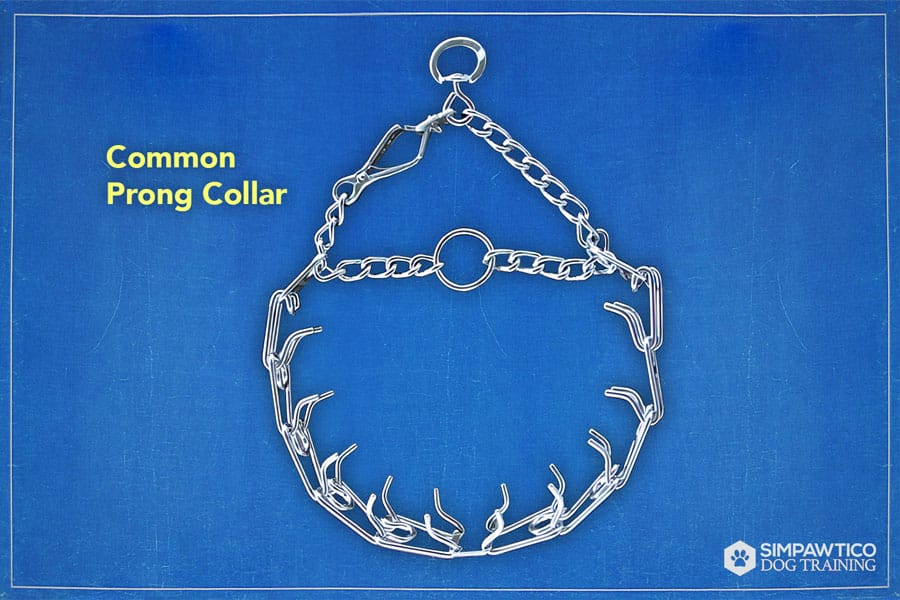

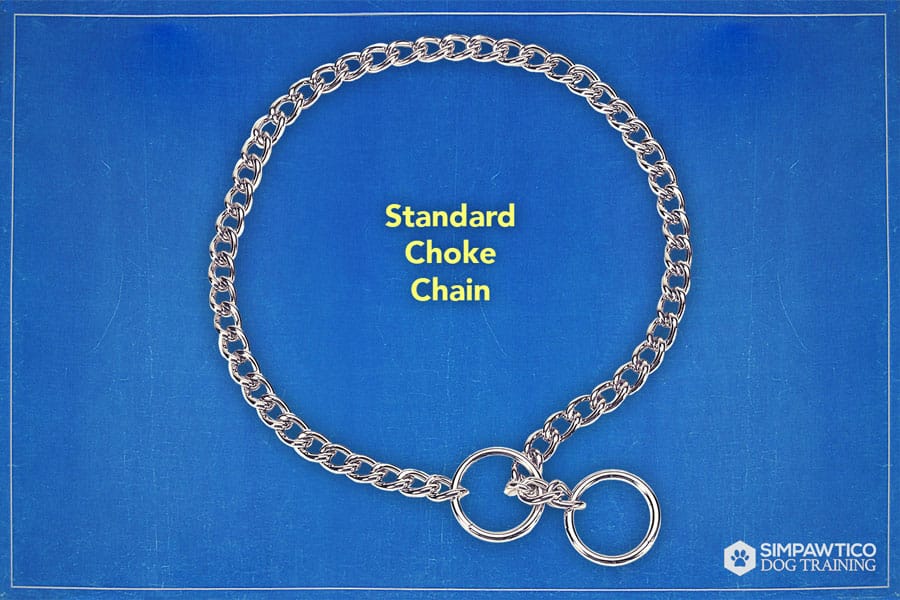
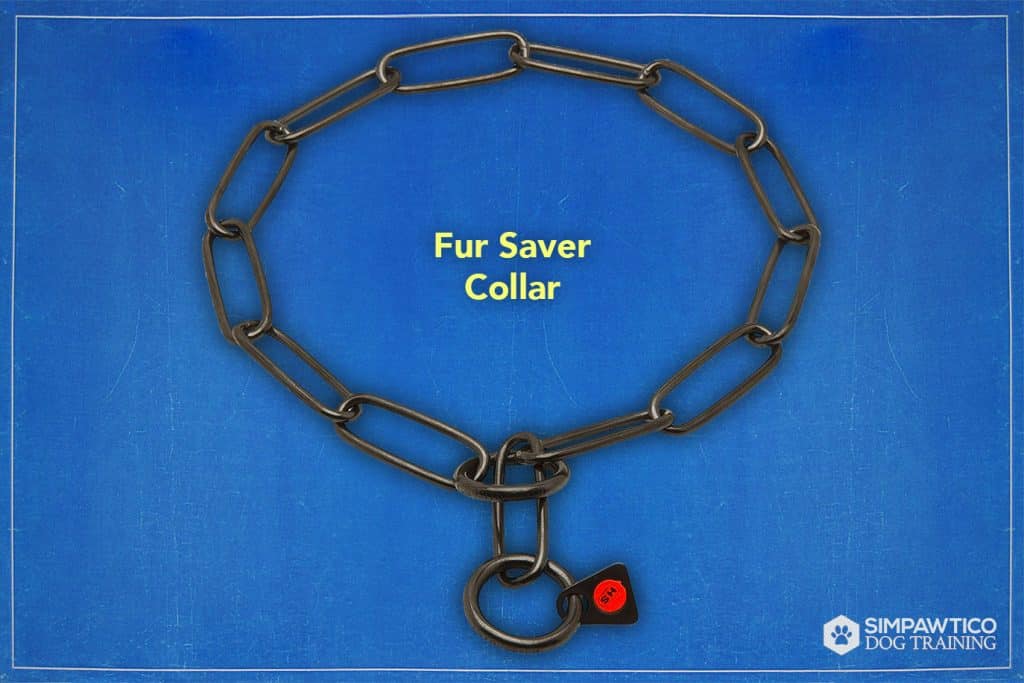
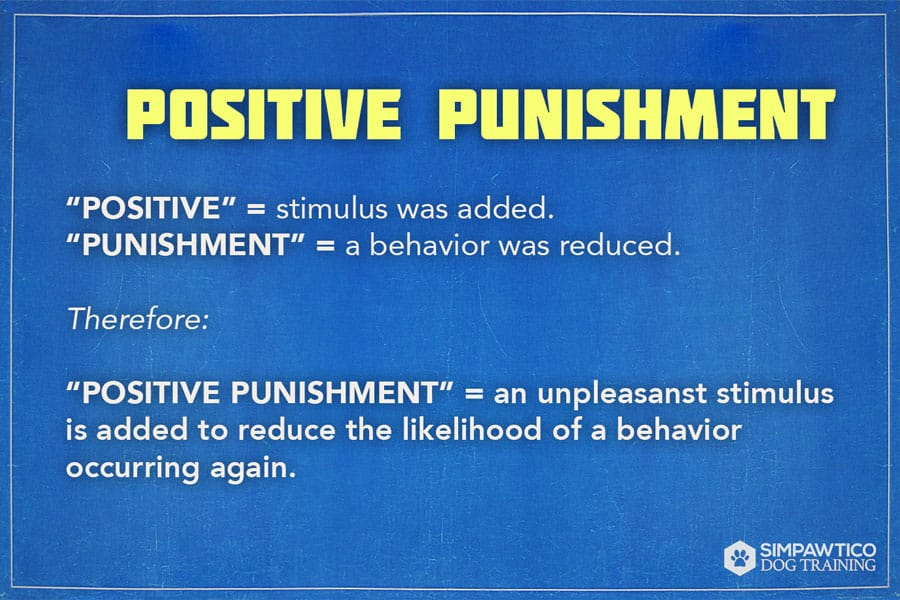
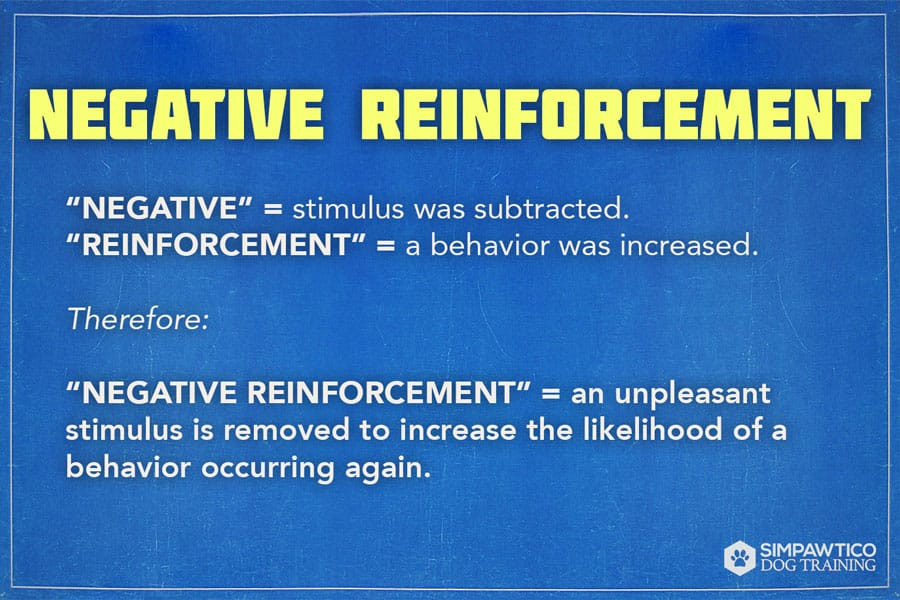


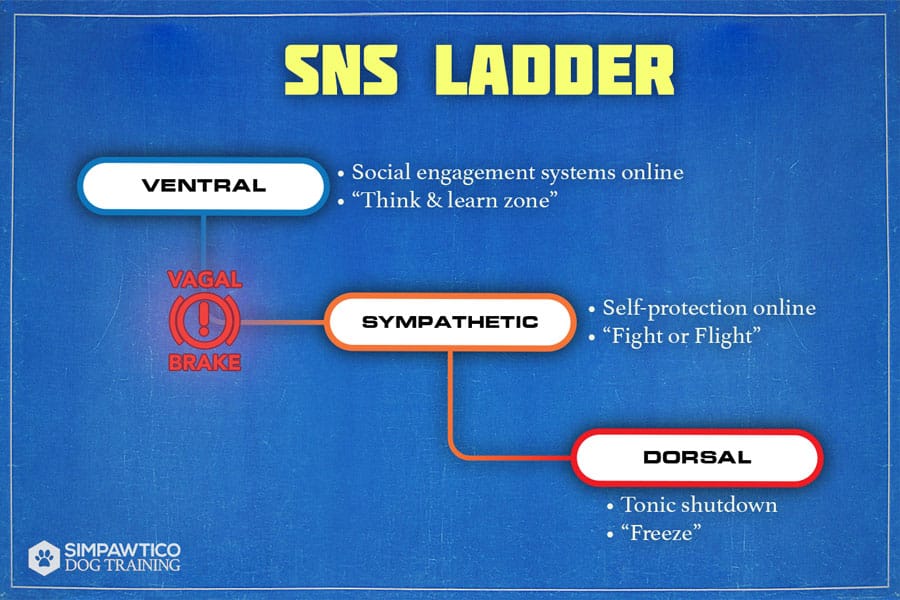


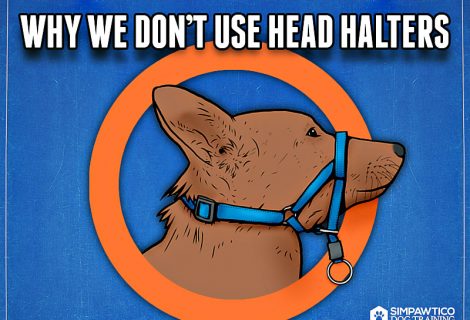





I appreciate Simpawtico Dog Training’s commitment to humane and respectful training methods. I have personally witnessed the positive impact of reward-based techniques on my own dog, who used to exhibit fear and anxiety. By creating a comfortable and supportive learning environment, we were able to build trust and strengthen our bond. It’s truly heartening to see organizations like Simpawtico prioritize the well-being and emotional integrity of the learners, proving that effective training doesn’t require aversive tools.
Great article! I’m currently working through your loose leash walking course. One of the lessons talks about slip leads as a finishing tool for loose leash walking training.
I’m curious to hear your thoughts on how slip leads compare to the collars discussed here. To the untrained eye the concepts seem similar. Working with negative reinforcement by removing tension through active release.
Have your views evolved on this over time or would you still recommend a slip lead as a tool in loose leash training?
Thanks for all the awesome content you put out. Applying the methods and understanding some of the ideas behind them has really made for a positive change in how I communicate and work with my dogs.
Great question! I would say my stance on that has evolved since then. I don’t use pressure at all in my training anymore. I find that I can get a dog just as light on the leash without it (and even better). I still use slip leads in shelters, because they’re faster and safer than clip leashes, but that’s a handling and safety issue, not a training one. Even in those instances, I won’t use pressure on those dogs.
I am actually creating updated online class material right now, and I’m hoping to be able to offer it in late 2023!